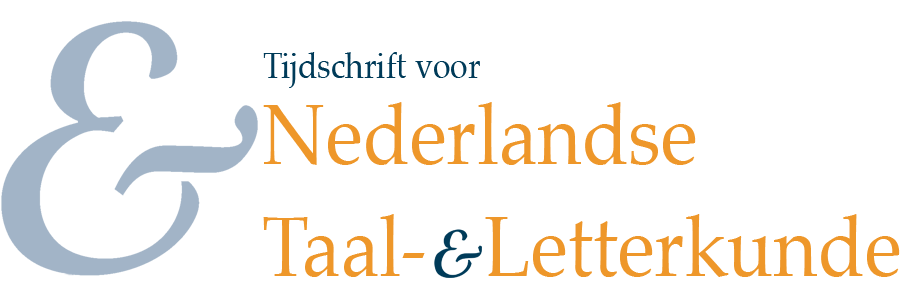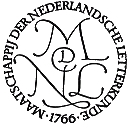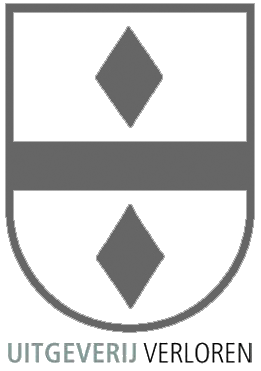Geografie en inwoneraantallen als verklarende factoren voor variatie in het Nederlandse dialectgebied
Samenvatting
It is a fundamental insight of dialectology that language variation is structured geographically (Nerbonne & Kleiweg 2006). Apart from geographic proximity, large population sizes may increase social contact between communities living in two separate locations and thus the chance that the respective dialects are influenced by each other. Analoguous to the gravity model in physics, Trudgill 1974 combined linguistic similarity, geography and population sizes in one model as an index of linguistic influence between dialect locations. Following Nerbonne & Heeringa 2006 we use a model which combines geography and population sizes only to explain variation in aggregate dialect distances. In contrast to Nerbonne & Heeringa we use data of a larger and less homogeneous area. The data set comprises 27 varieties in the Netherlands and the North of Belgium. In accordance with Nerbonne & Heeringa 2006 we found geography to be an important predictor, but could not prove a significant additional value of population size in explaining linguistic variation.
Terugverwijzingen
- Er zijn momenteel geen terugverwijzingen.



